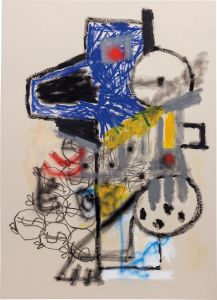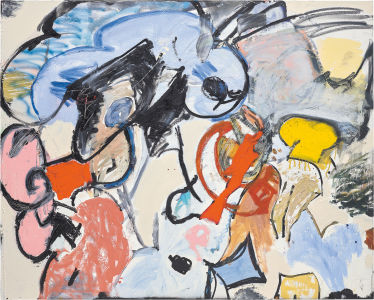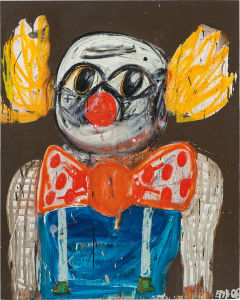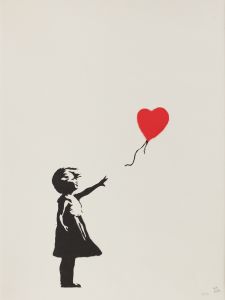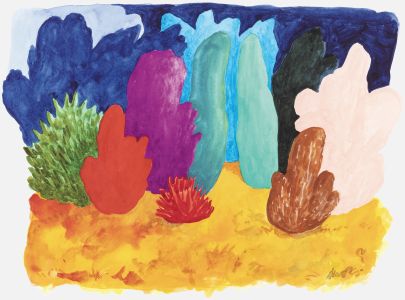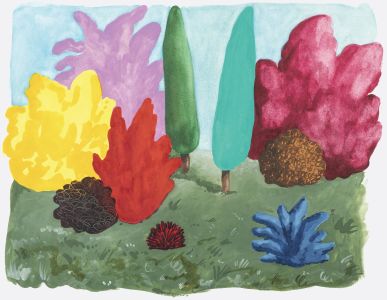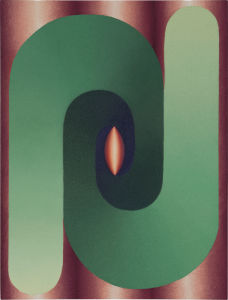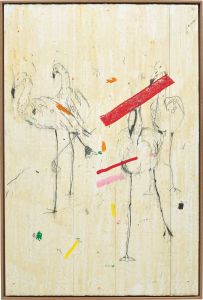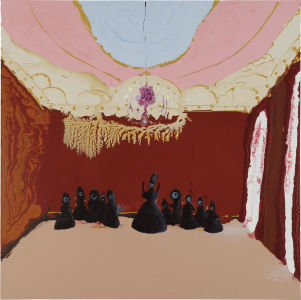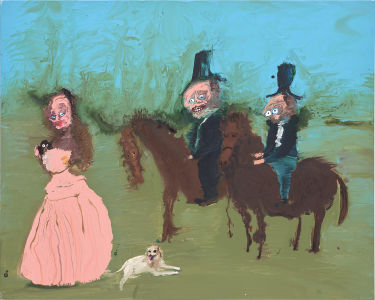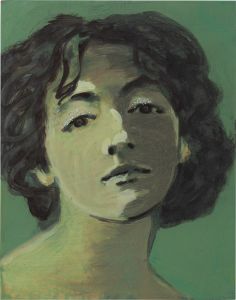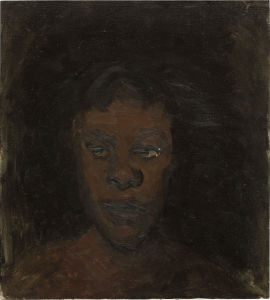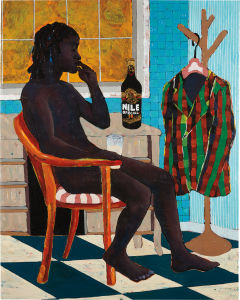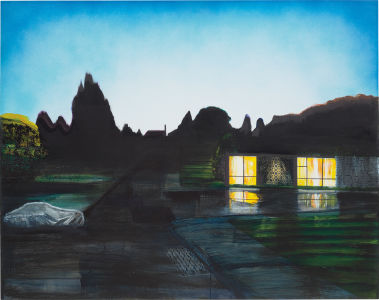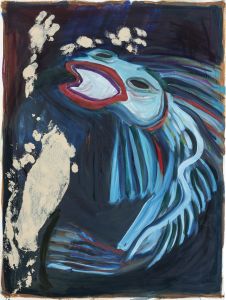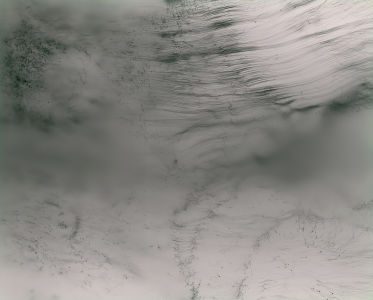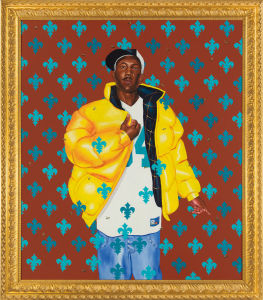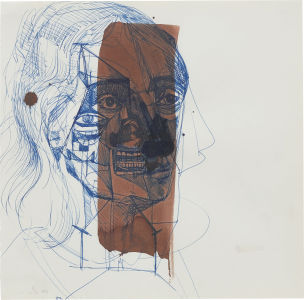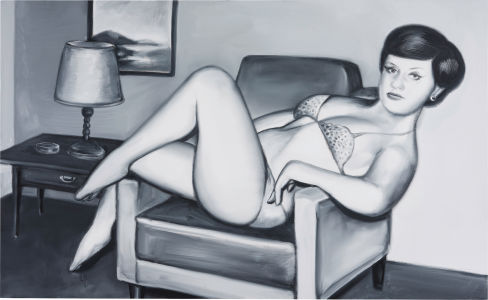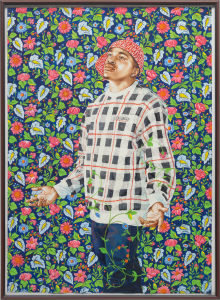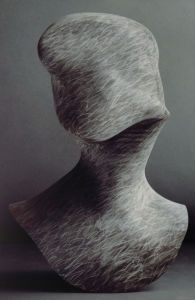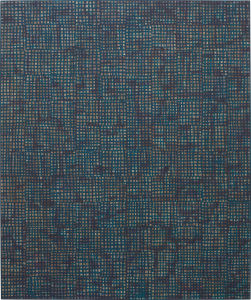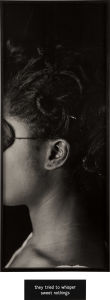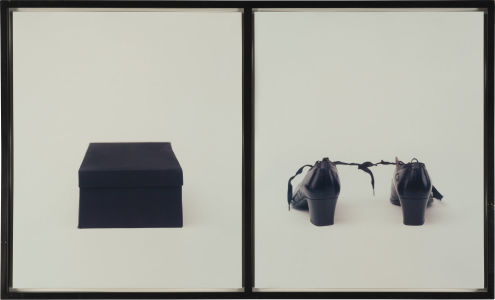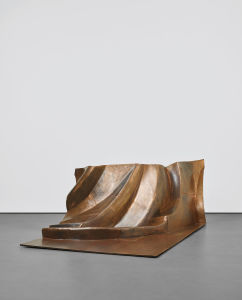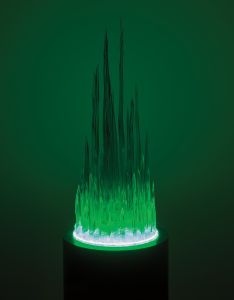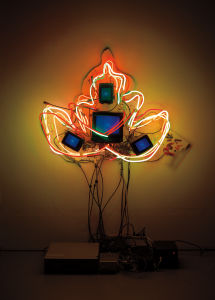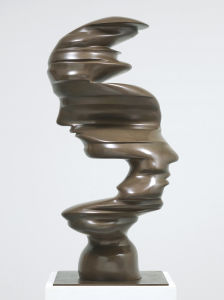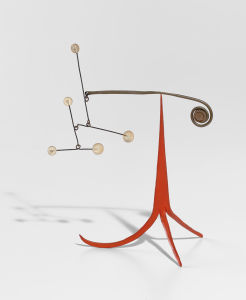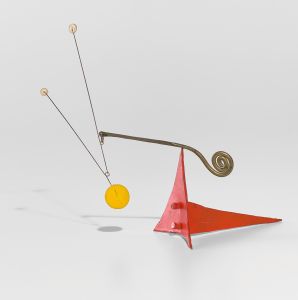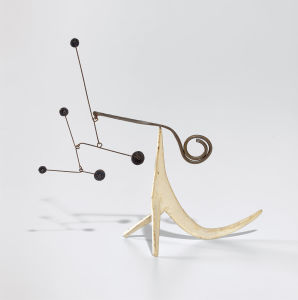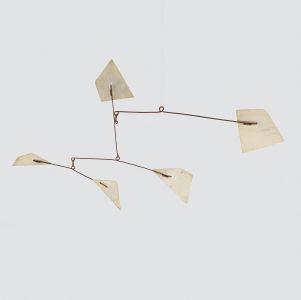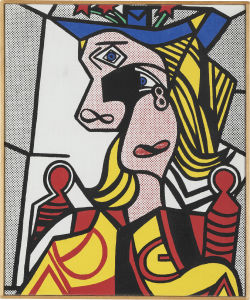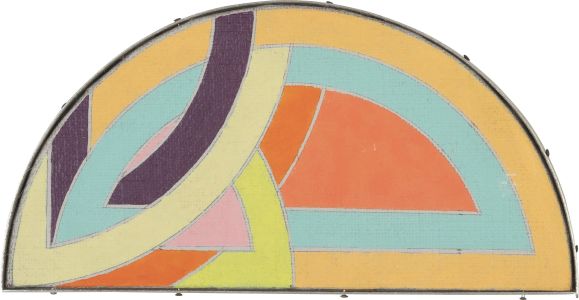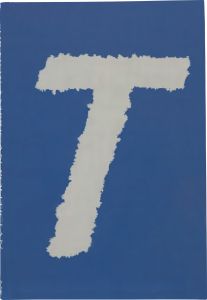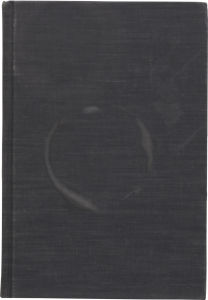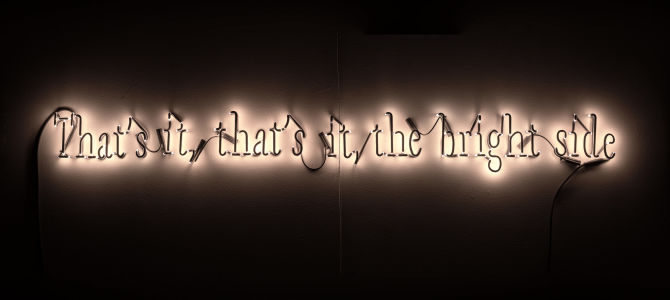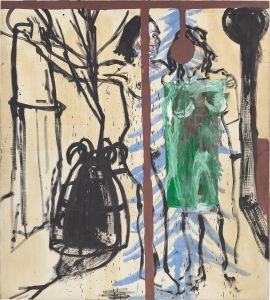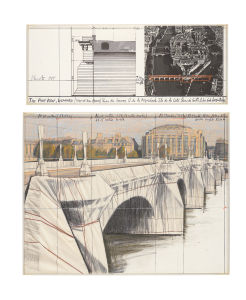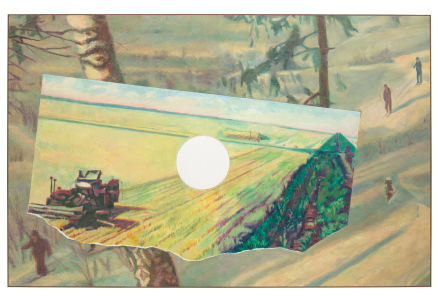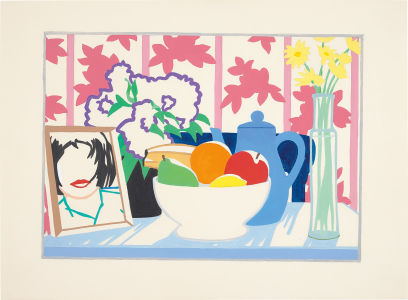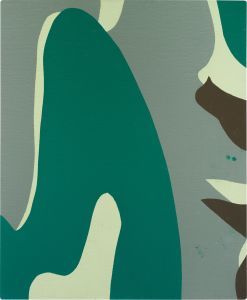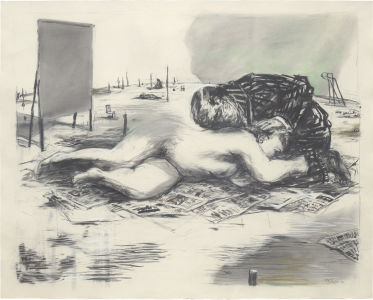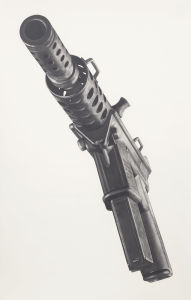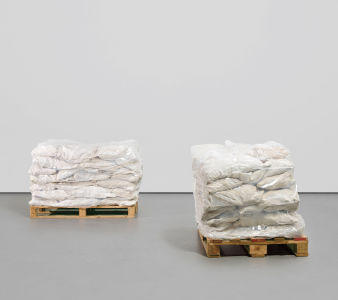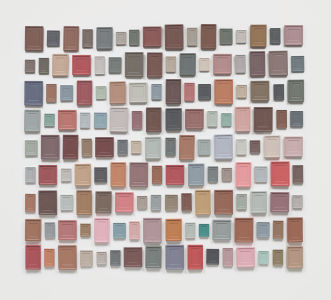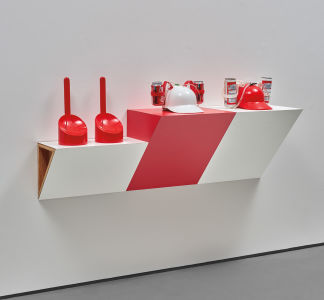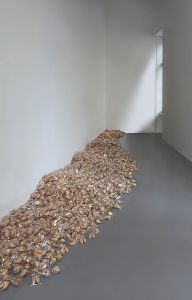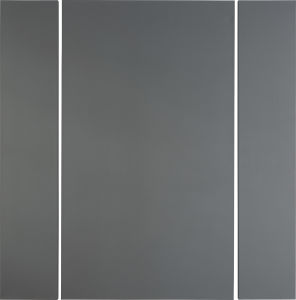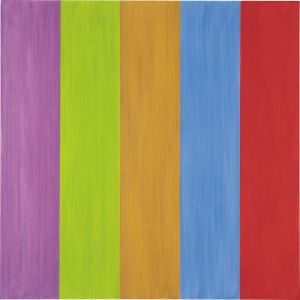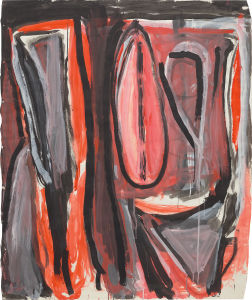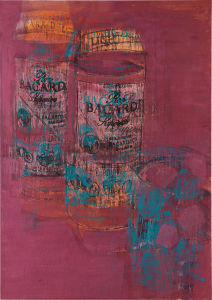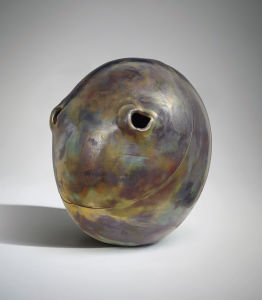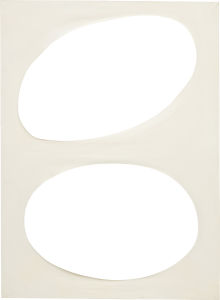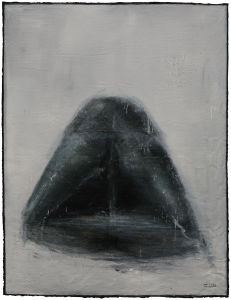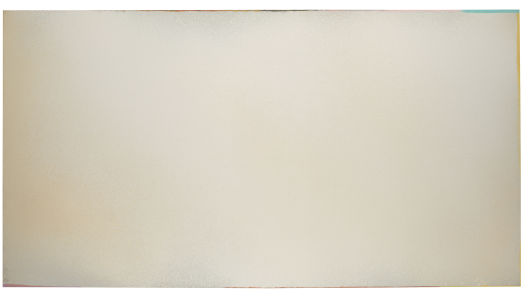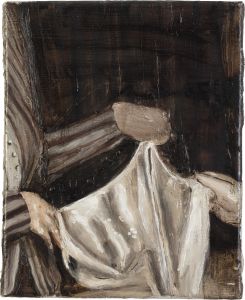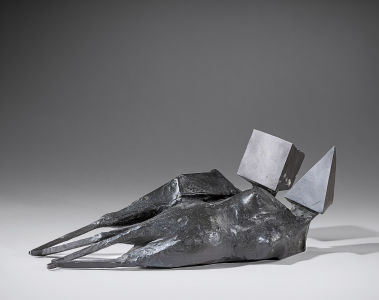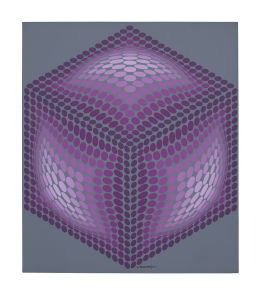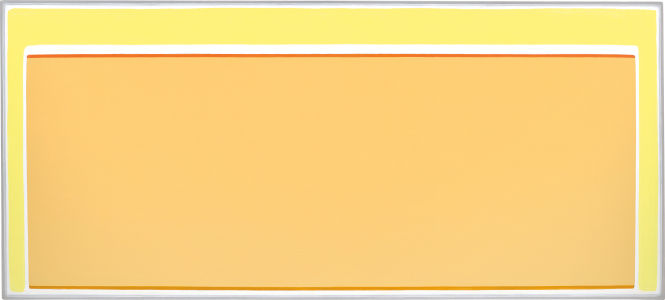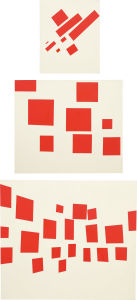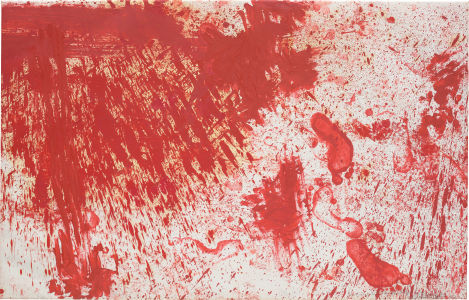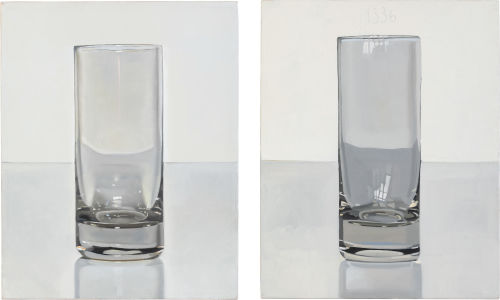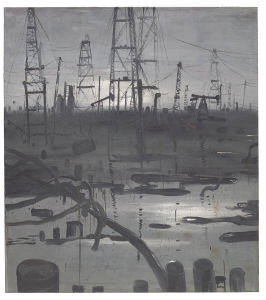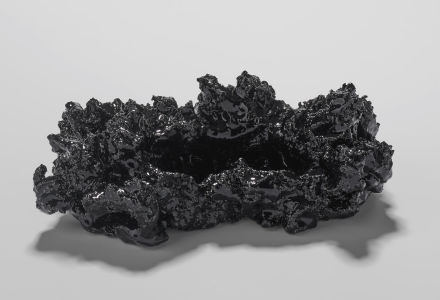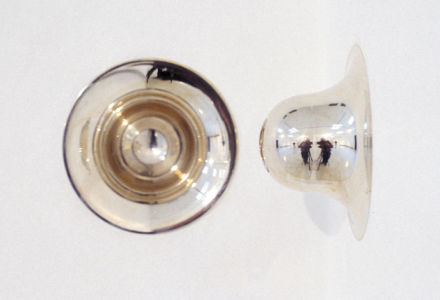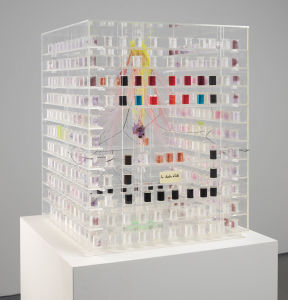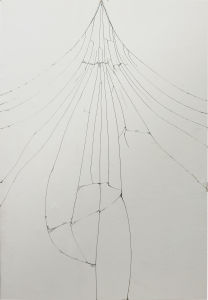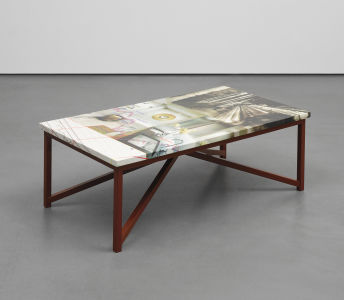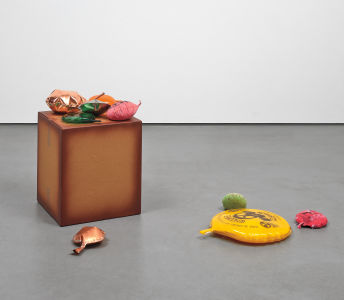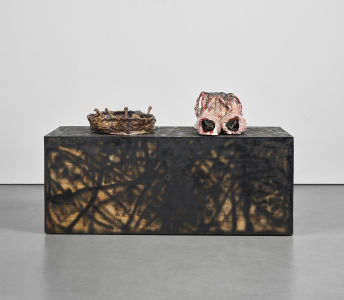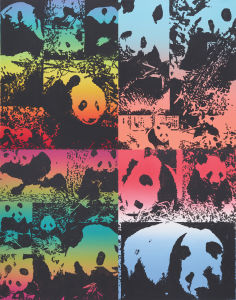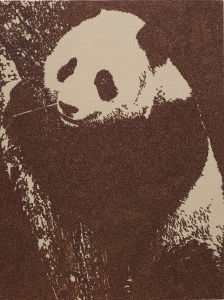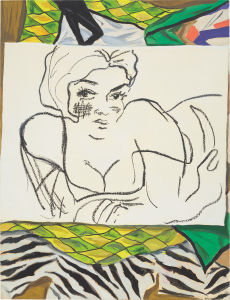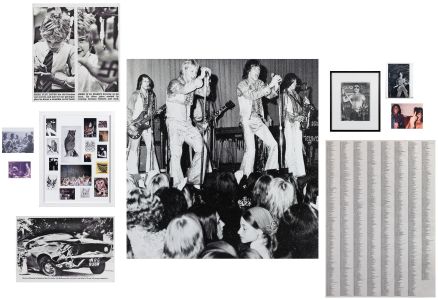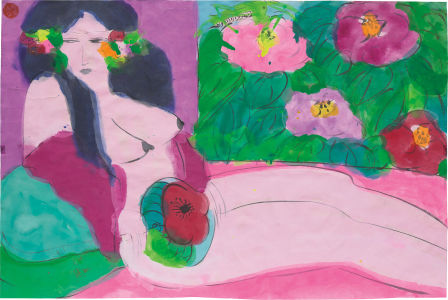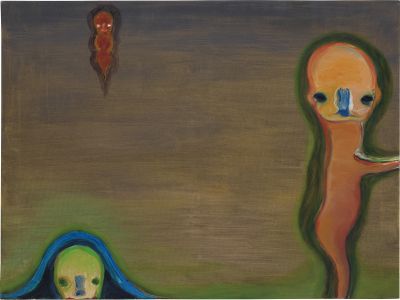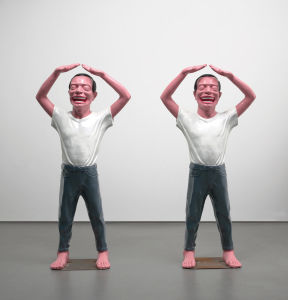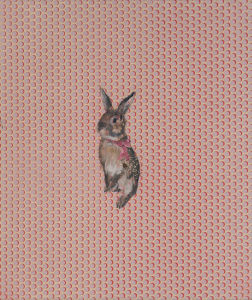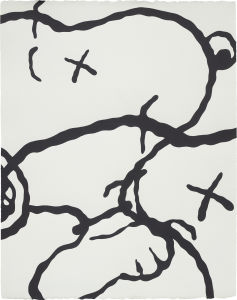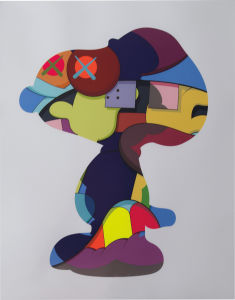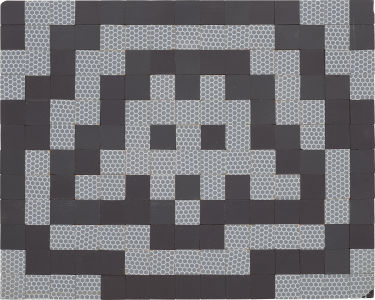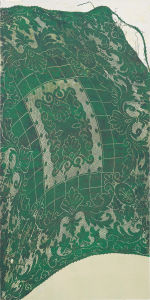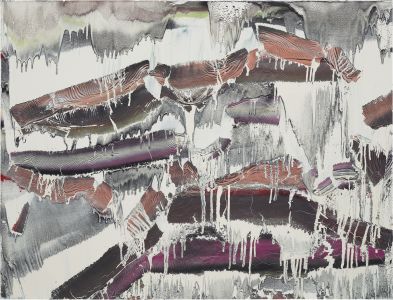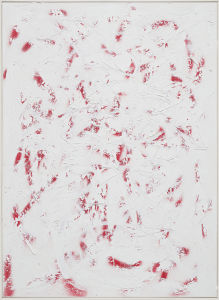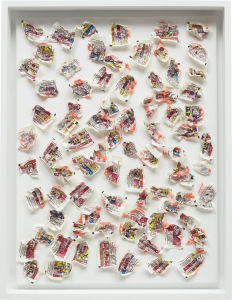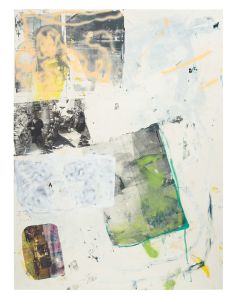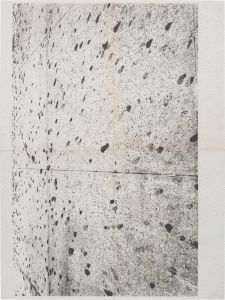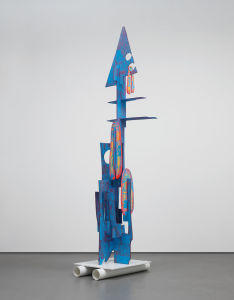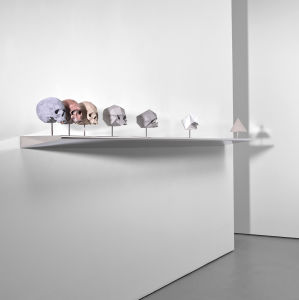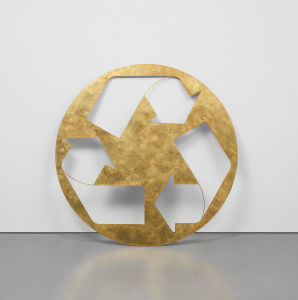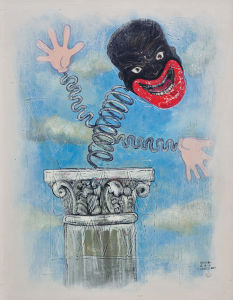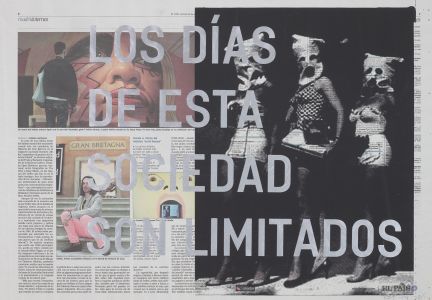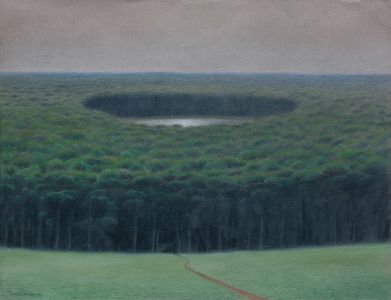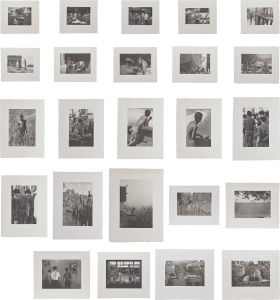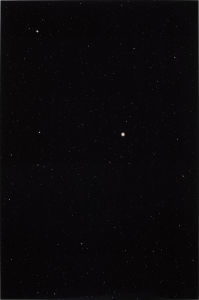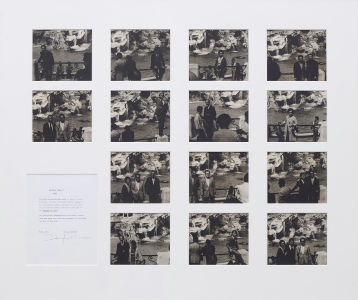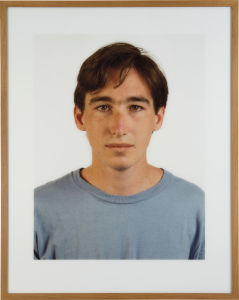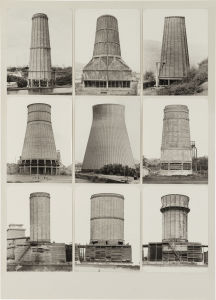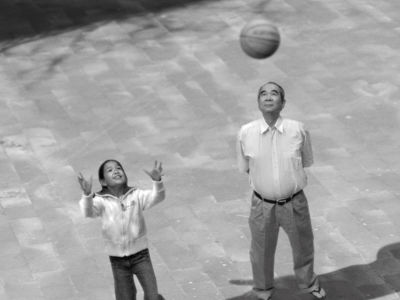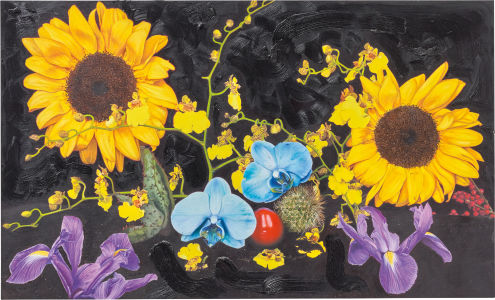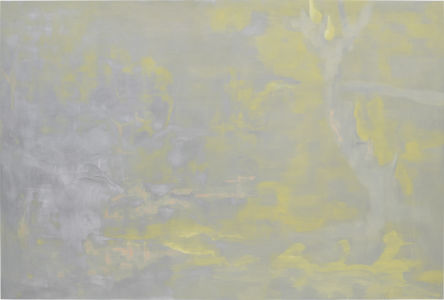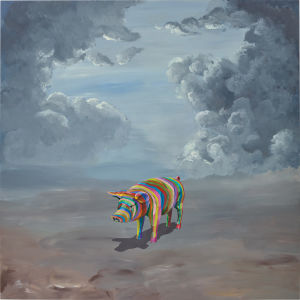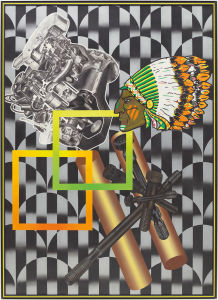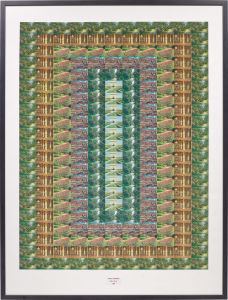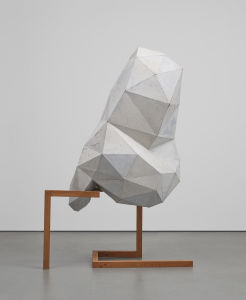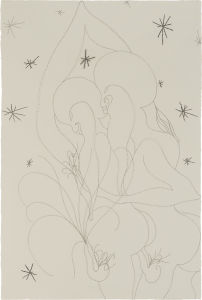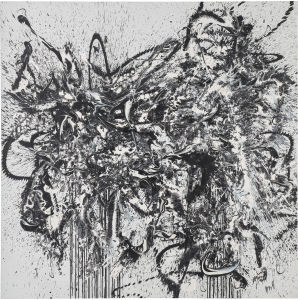'I don't think it’s necessary that when you build a monumental thing, it has to be in one place. It’s almost a conceptual idea—that it exists, but you never comprehend everything at once' —Danh Vo
Executed in 2011, Danh Vo’s We the People (detail), presents a fragment of a much larger sculpture, replicating a portion of the Statue of Liberty. The detail, hammered in copper, attests to the artist’s interpretation of freedom, inspired through his personal experience as an immigrant and refugee from the Vietnam War. Based on the dimensions of the original statue and it’s weight of 31 tons, the sheeting or copper skin of the work was intentionally set at the width of just two pennies. We the People pertains to the United States’ Declaration of Independence from Great Britain on the 4th of July 1776. The physical manifestation of Vo’s vision calls to the ultimate dream of overcoming oppression and attaining liberation. Danh Vo has exhibited internationally at major museums such as Kunstalle Fridericainum, National Gallery of Denmark, Musée d’Art modern de la Ville de Paris, Aspen Art Museum, Stedelijk Museum and Kunsthalle Basel. Vo had also participated in the Shanghai Biennale in 2012 and in the Venice Biennale in 2013. His body of work is further acclaimed in his first comprehensive survey, Danh Vo: Take my Breath Away at the Solomon R. Guggenheim Museum in 2018 and at his first major UK exhibition, Untitled at South London Gallery in 2019.
Before embarking on this project, Vo admits that he had never seen the Statue of Liberty. When he and his family fled from Vietnam, they ultimately settled in Copenhagen where he spent his childhood and youth. He takes his experience and adapts it through interweaving history and context by means of an iconic symbol. He states that in choosing this particular figure, he 'wanted to do something that everyone had a relationship to, and make it a bit unfamiliar. It's kind of like creating a Frankenstein that gets its own life.' i The Statue of Liberty was originally designed by Frédéric Bartholdi. A figure of Libertas- the robed Roman goddess became the symbol to immigrants as they passed through Ellis Island. By dissecting his replica into fragments and spreading them across continents, Vo reinterprets the idea that freedom cannot be contained and can evolve. It thus mirrors contemporary form and movement. He never intended for the pieces to be exhibited together.
Vo’s body of work evokes fresh perspectives as his practice is based on traditional cultural and historical ideas enveloped with next contexts. Vo exhibited a number of his replicas of The Statue of Liberty at Kunsthalle Fridericianum, JULY, IV, MDCCLXXVI in 2011, an appropriate space in Kassel Germany. The installation of these pieces were not curated nor overseen by the artist. He explains, 'It’s a matter of practicality. It should be the installation team…It shouldn’t be more or the curator, because we’re trained in adding meaning – and we have reasons why we do certain things. There is beauty in letting people who are used to installing things do it, because then the objects are what they are.' ii Other pieces were displayed in New York City, divided between City Hall Park in Lower Manhattan and Brooklyn Bridge Park. We the People, 2011, embodies Danh Vo’s intellectual expression of history, experience and aesthetic scope.
Danh Vo on We the People


